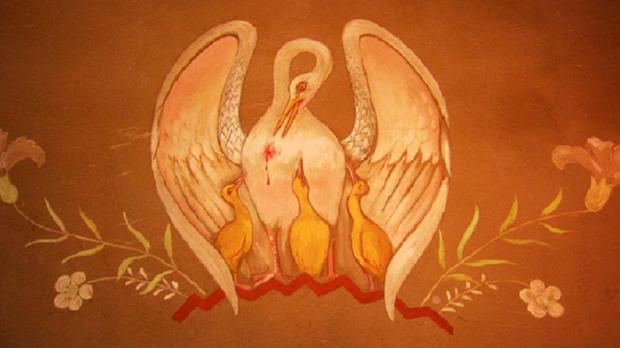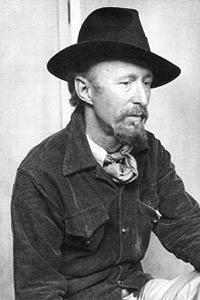
Maximilian “Maxo” Vanka was born in 1889, when Croatia was still part of the Austro-Hungarian Empire. Allegedly a bastard of Hapsburg nobility, he was raised by peasants until his grandmother took him in at the age of eight.
Vanka went on to study art in both Zagreb and Brussels, and graduated with high honors in 1914, the year WWI broke out. During the conflict, he joined the Belgian Red Cross, meaning he witnessed, from the front row, some of the worst horrors of war, on the Western Front. By 1920 he was already one of Yugoslavia’s best known painters, but in 1934, as Fascism rose in Europe, Vanko migrated to the United States.
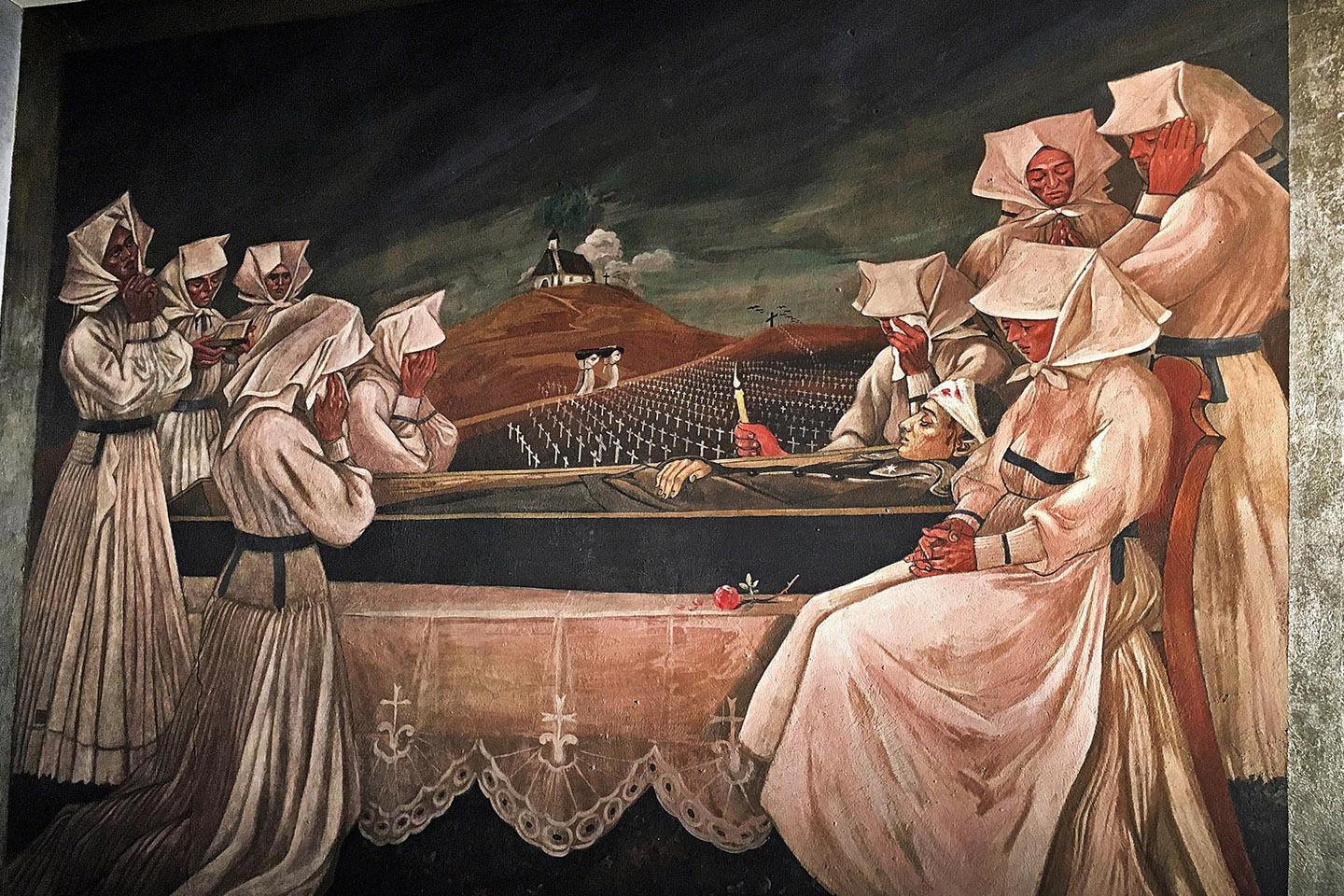
St. Nicholas Catholic Church in Millvale, Pennsylvania, was the first ethnic Croatian church in the United States. Vanka, though he considered himself “spiritual,” was not a practicing Catholic. He was sympathetic to Socialist politics, and married the daughter of a New York Jewish surgeon. Evidently, when Father Albert Zagar, the parish priest of St. Nicholas, commissioned Vanka to paint a set of murals for the church, it was quite an unorthodox choice.
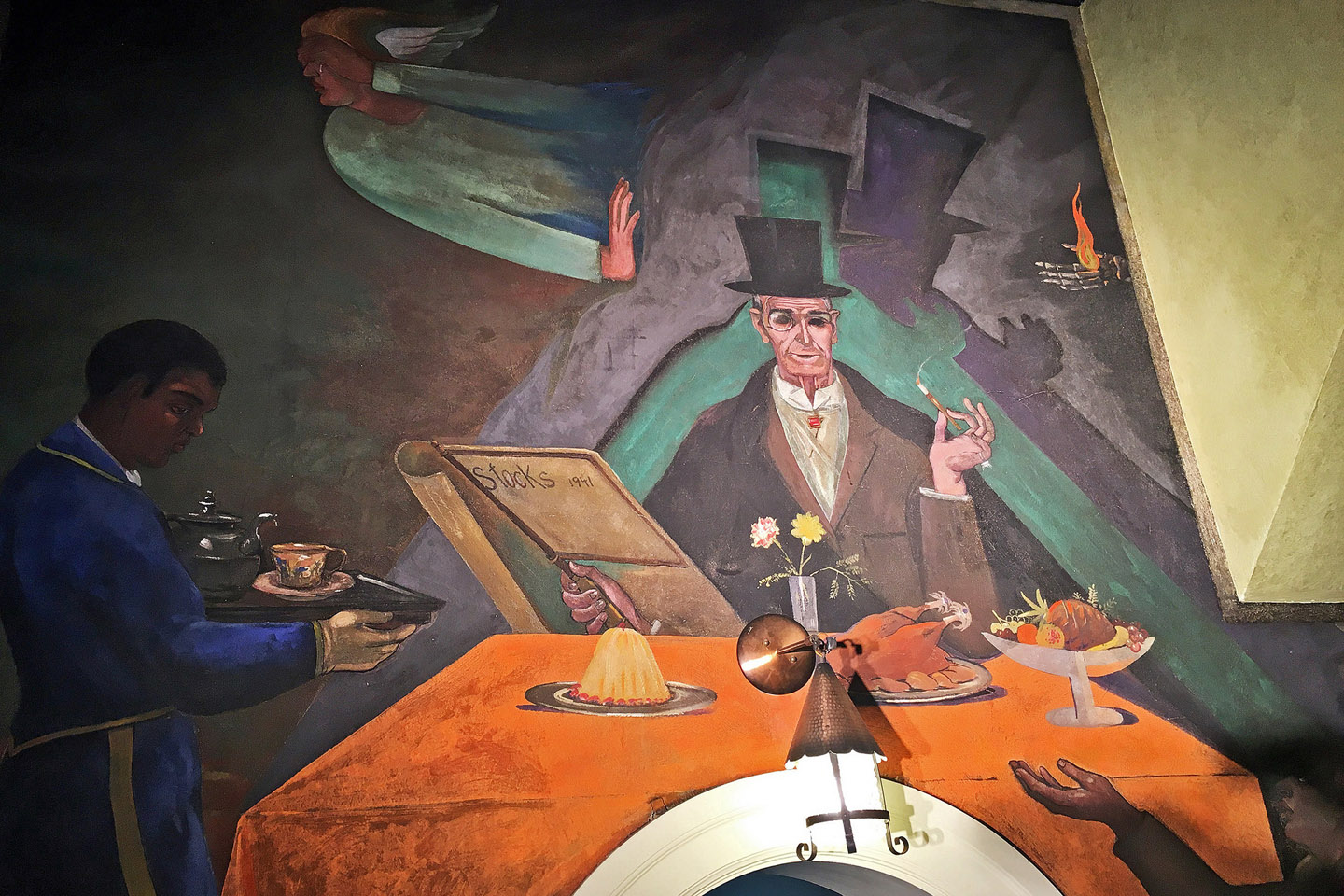
Vanko began working on the murals of what has now been nicknamed “the Sistine Chapel of Pittsburgh” between April and June of 1937, and went back to working in the summer of 1941, a few months before the US entered WWII. Even though traditional Christian iconography is present in his work, he managed to weave in the horrors of poverty, human exploitation, and the evils of war and genocide.
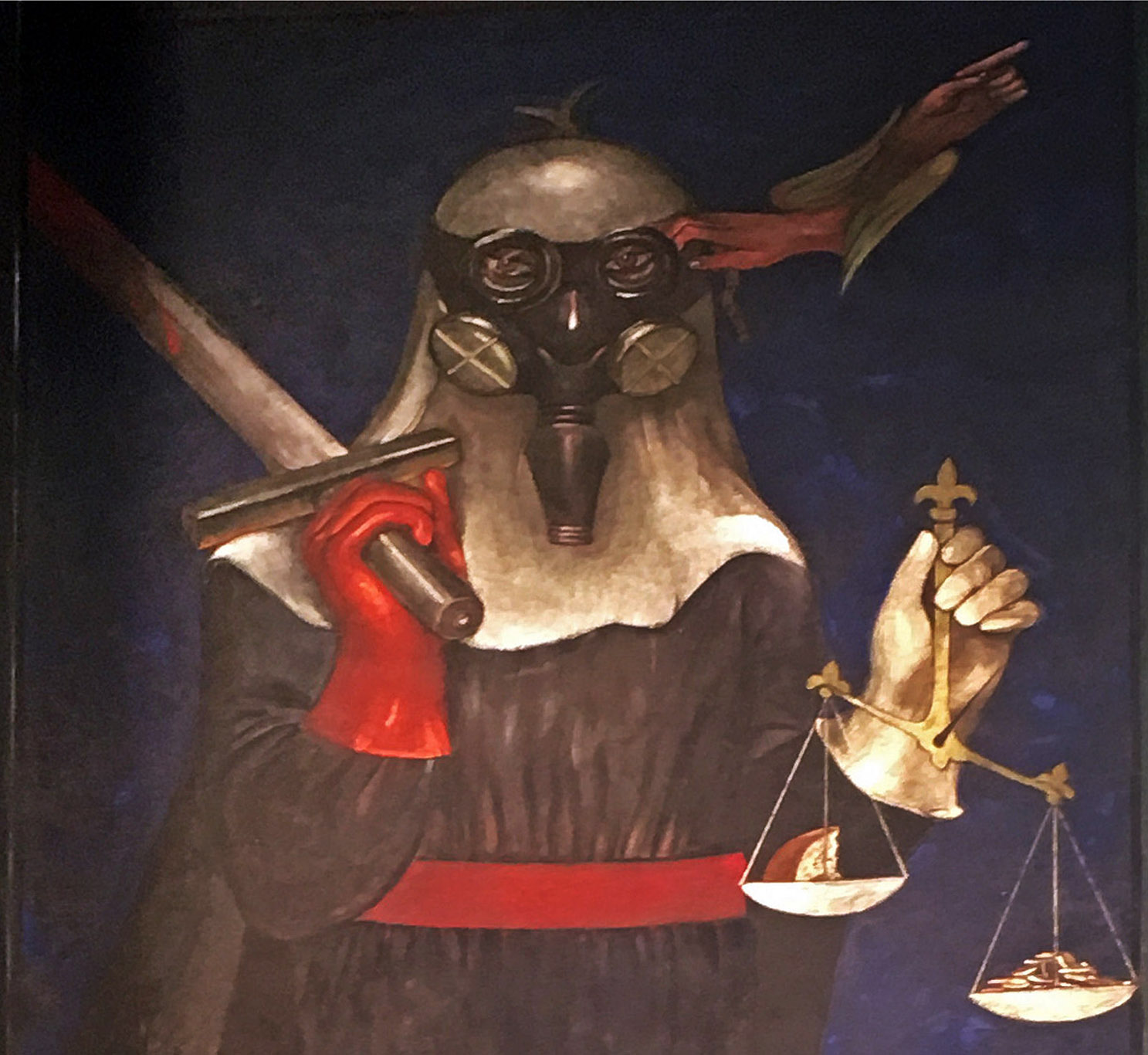
The work was nearly lost to air pollution. Pittsburgh’s dirty air and the lack of air conditioning inside the church obscured Vanka’s work to the point that some parishioners were not even aware there were murals in their parish church. As professional restoration is under way on this historical paintings, these murals — an astounding coming-together of faith, social justice, politics, testimonies of human suffering and art — are about to become one of Pittsburgh’s better known tourist destinations.
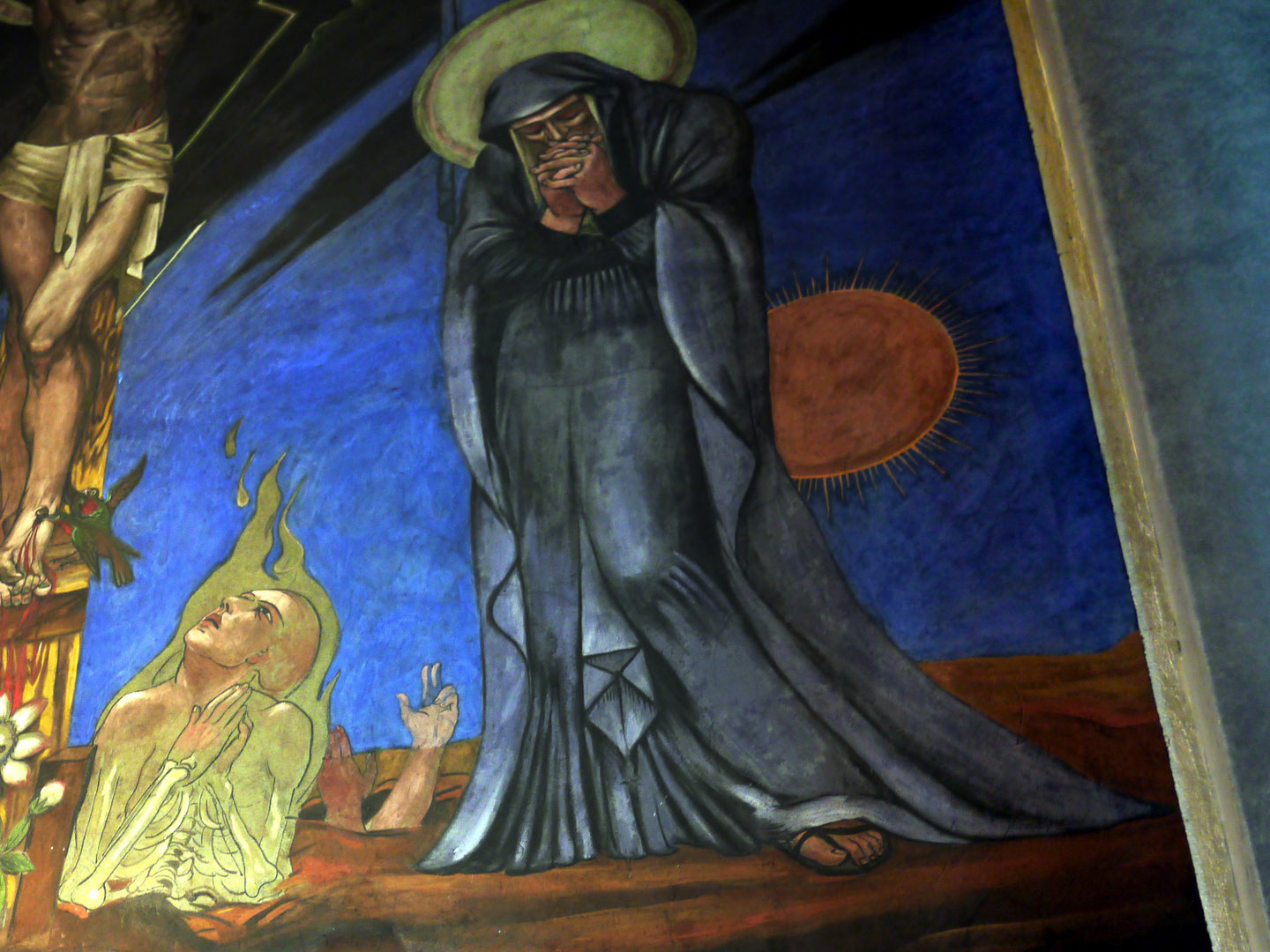
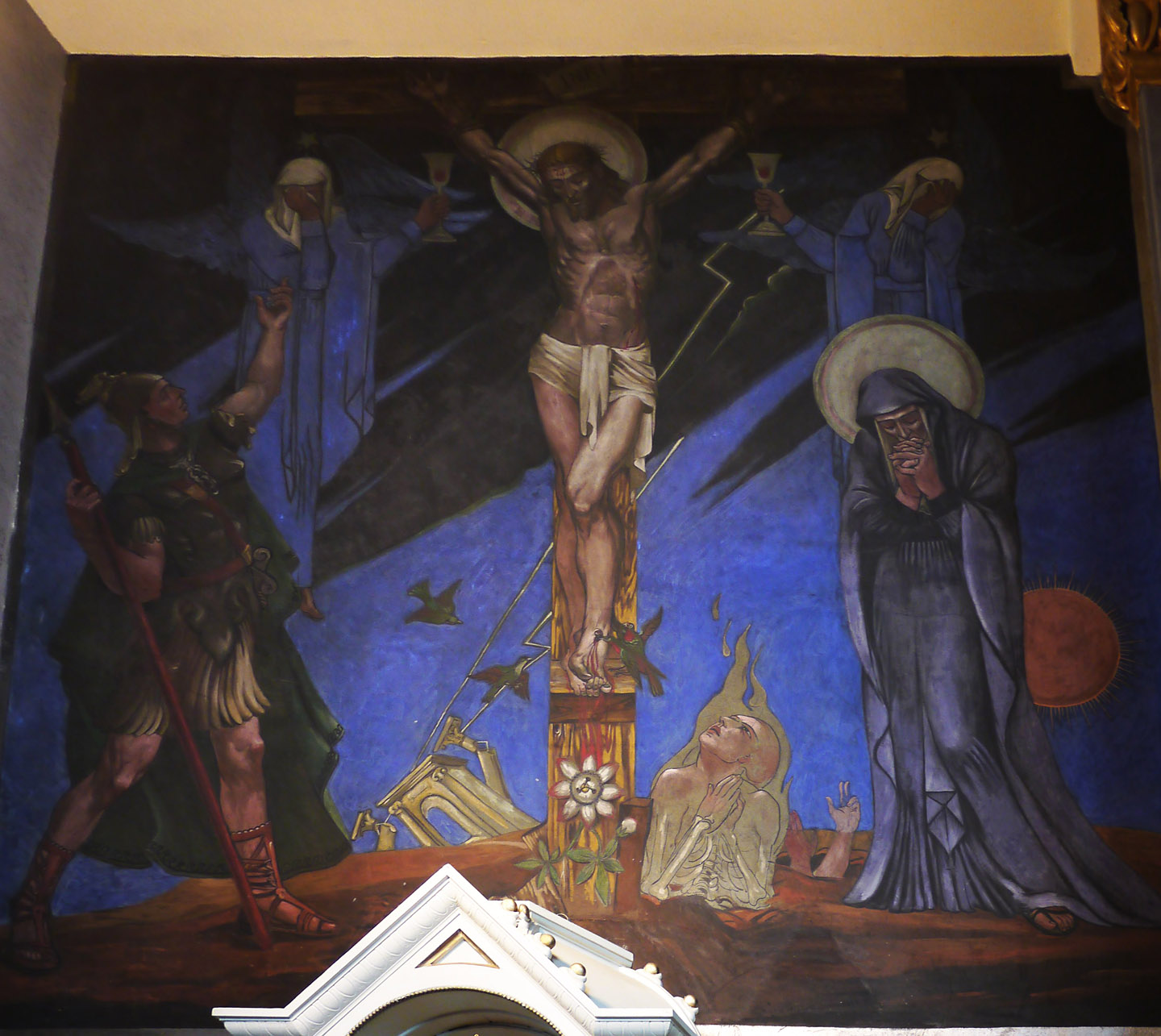
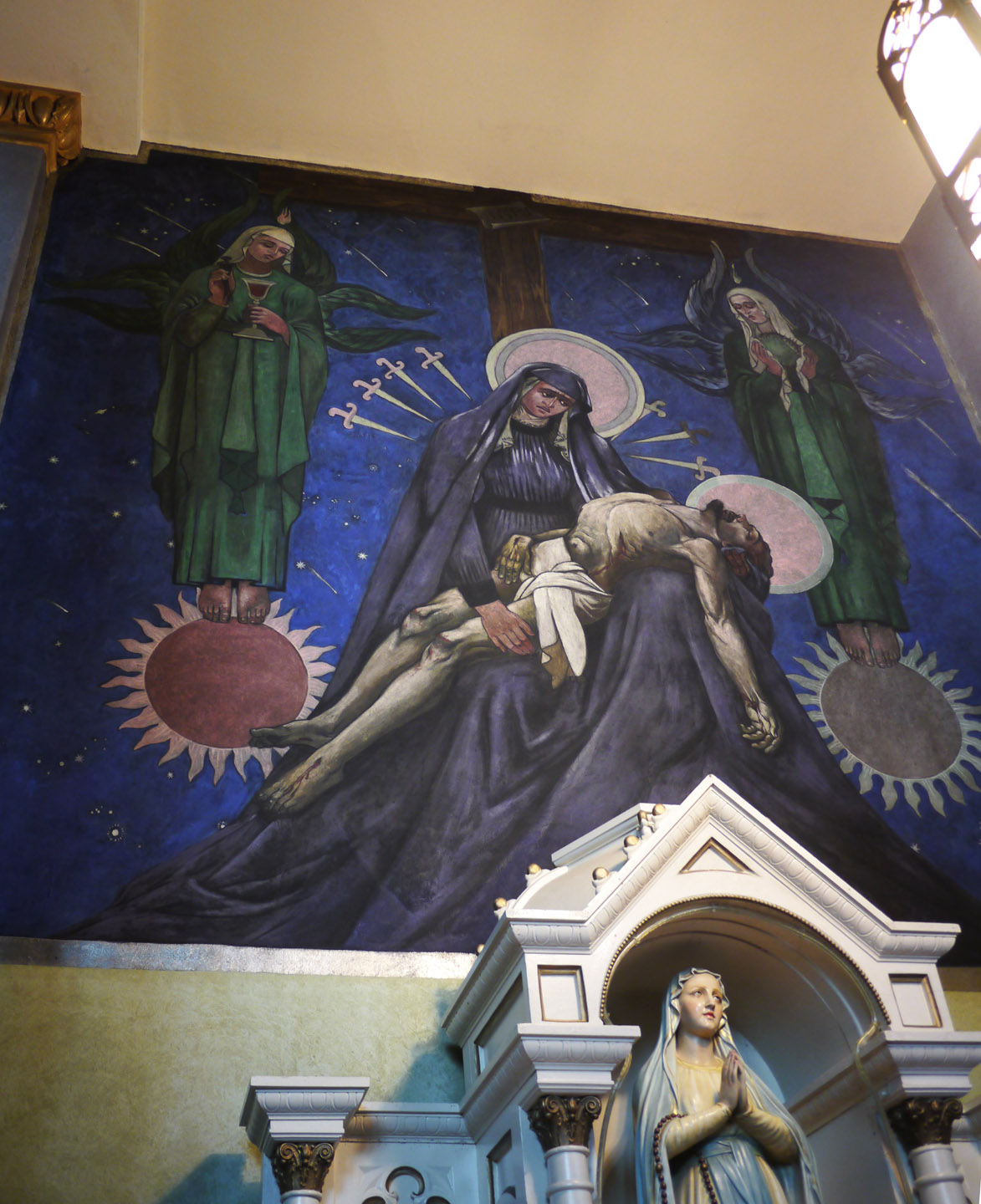
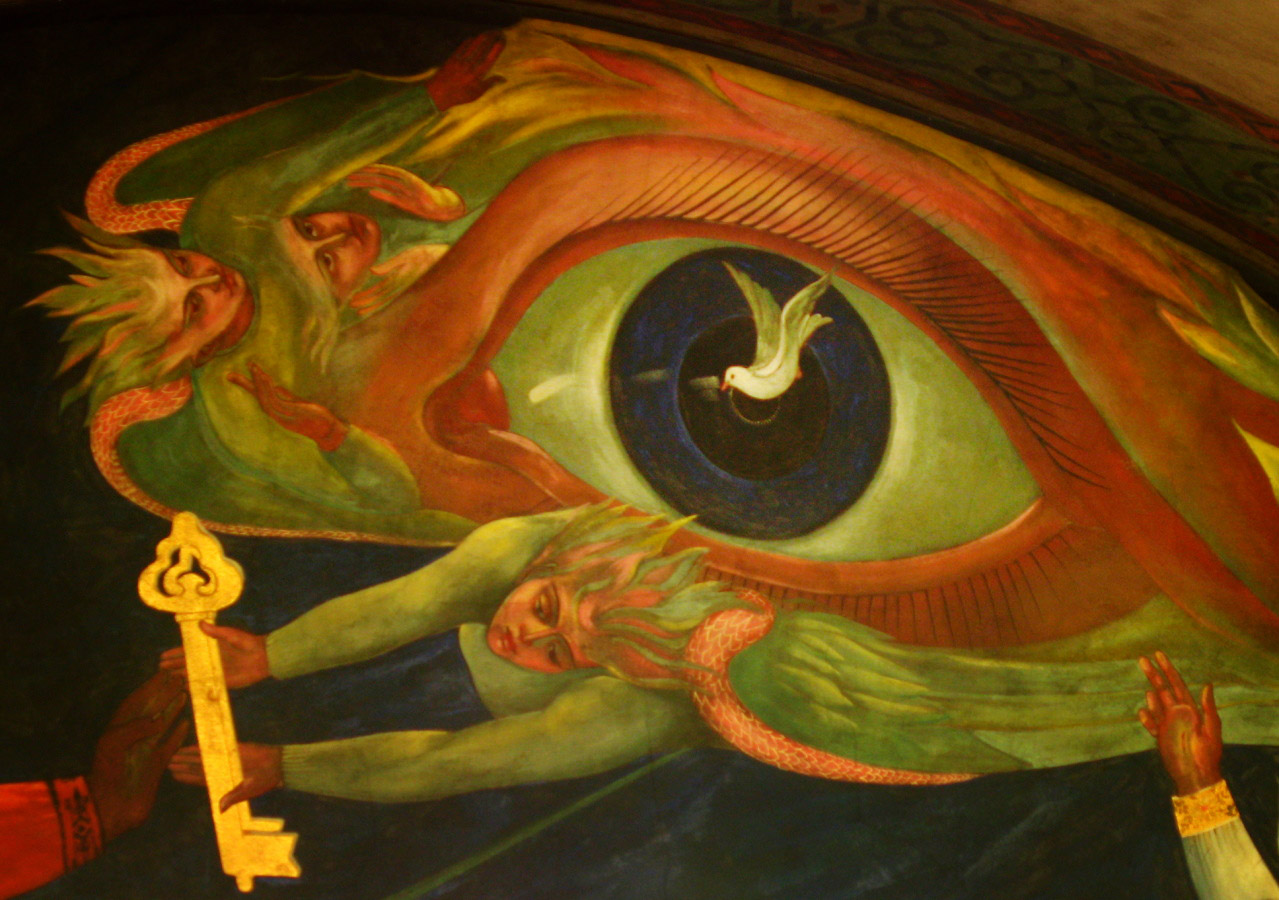
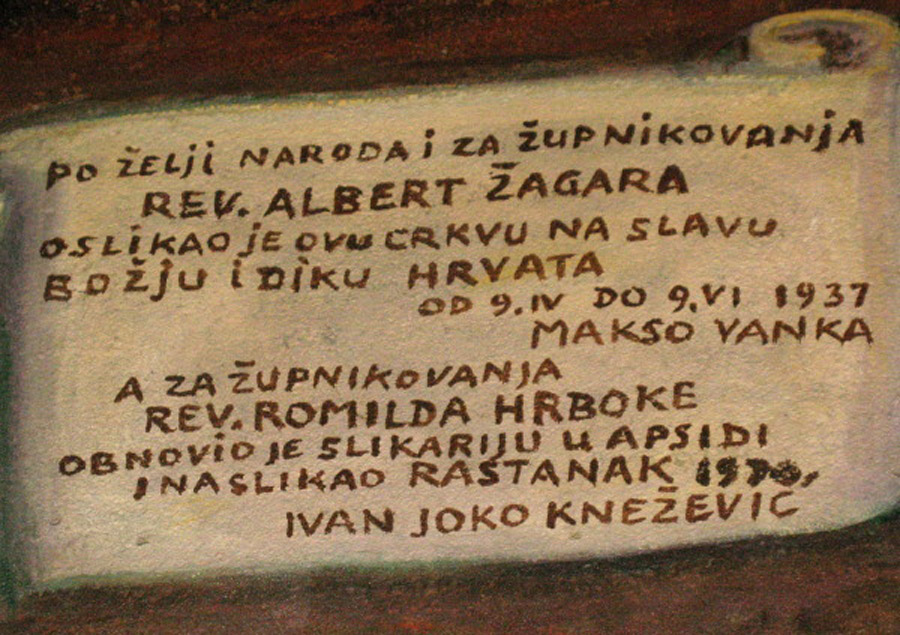
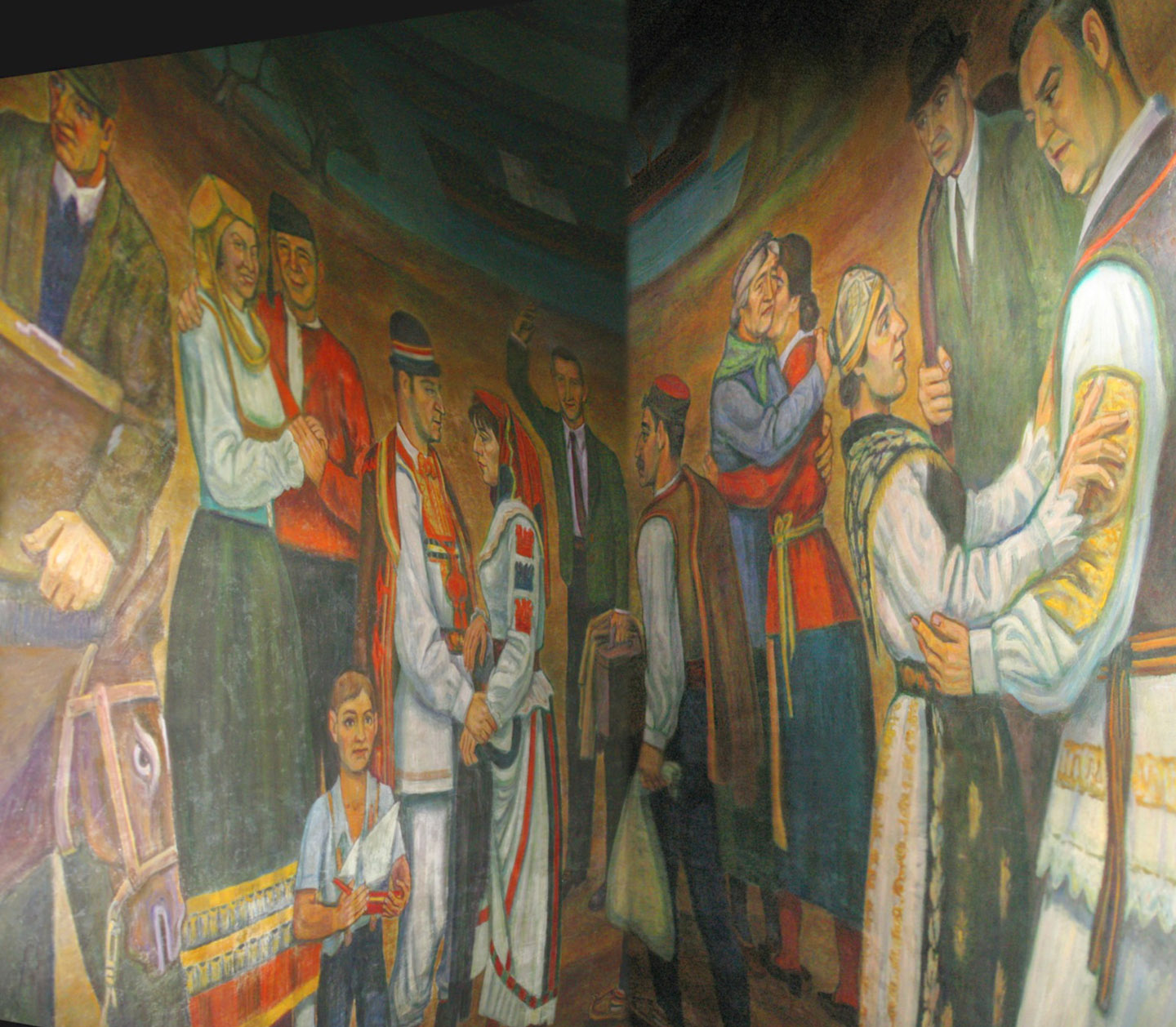
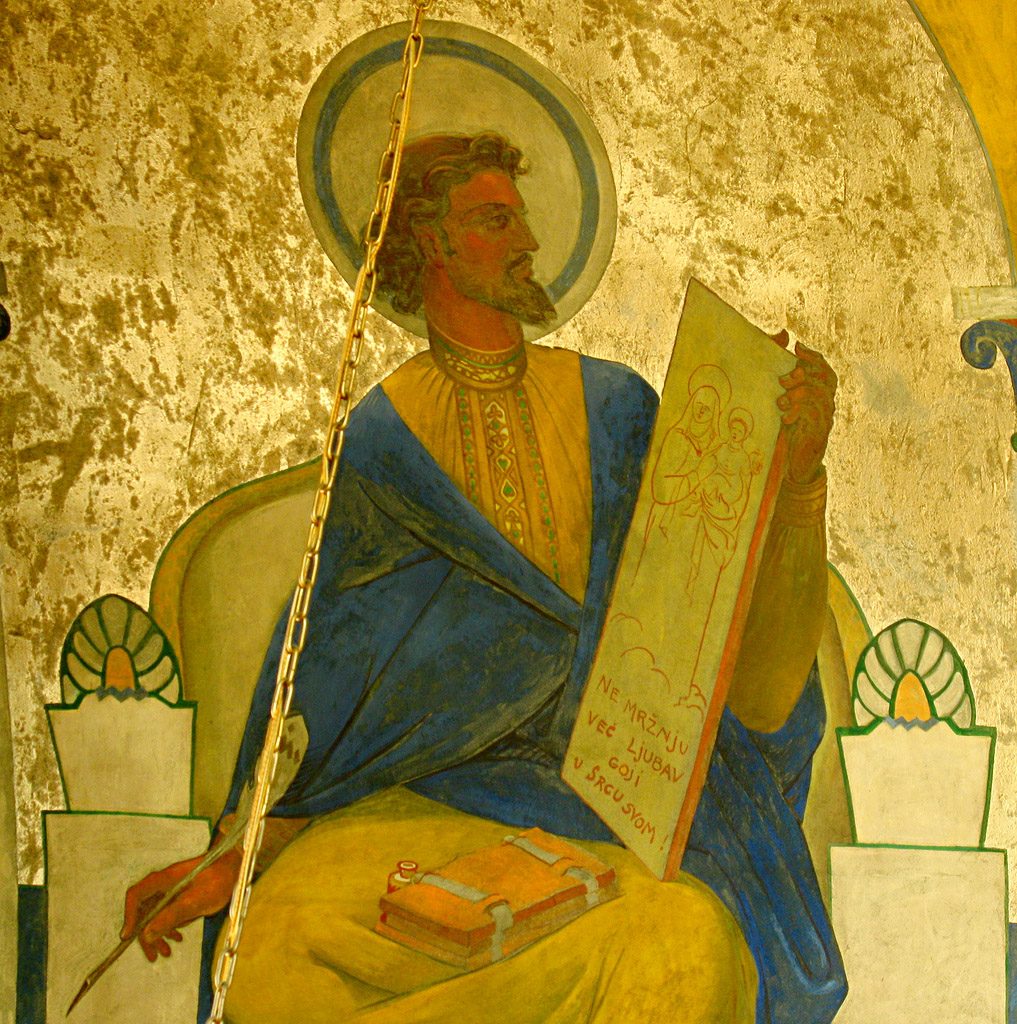
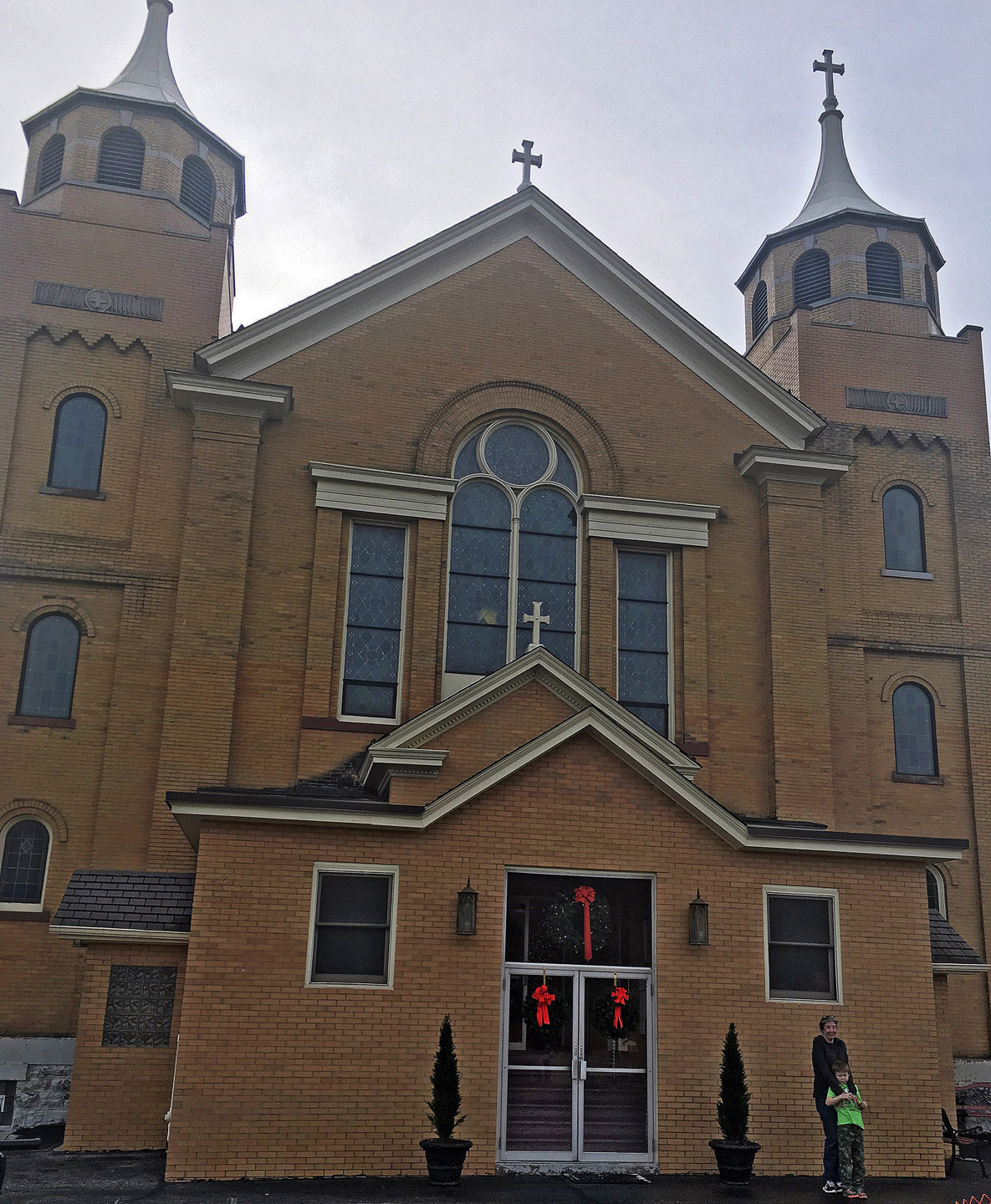
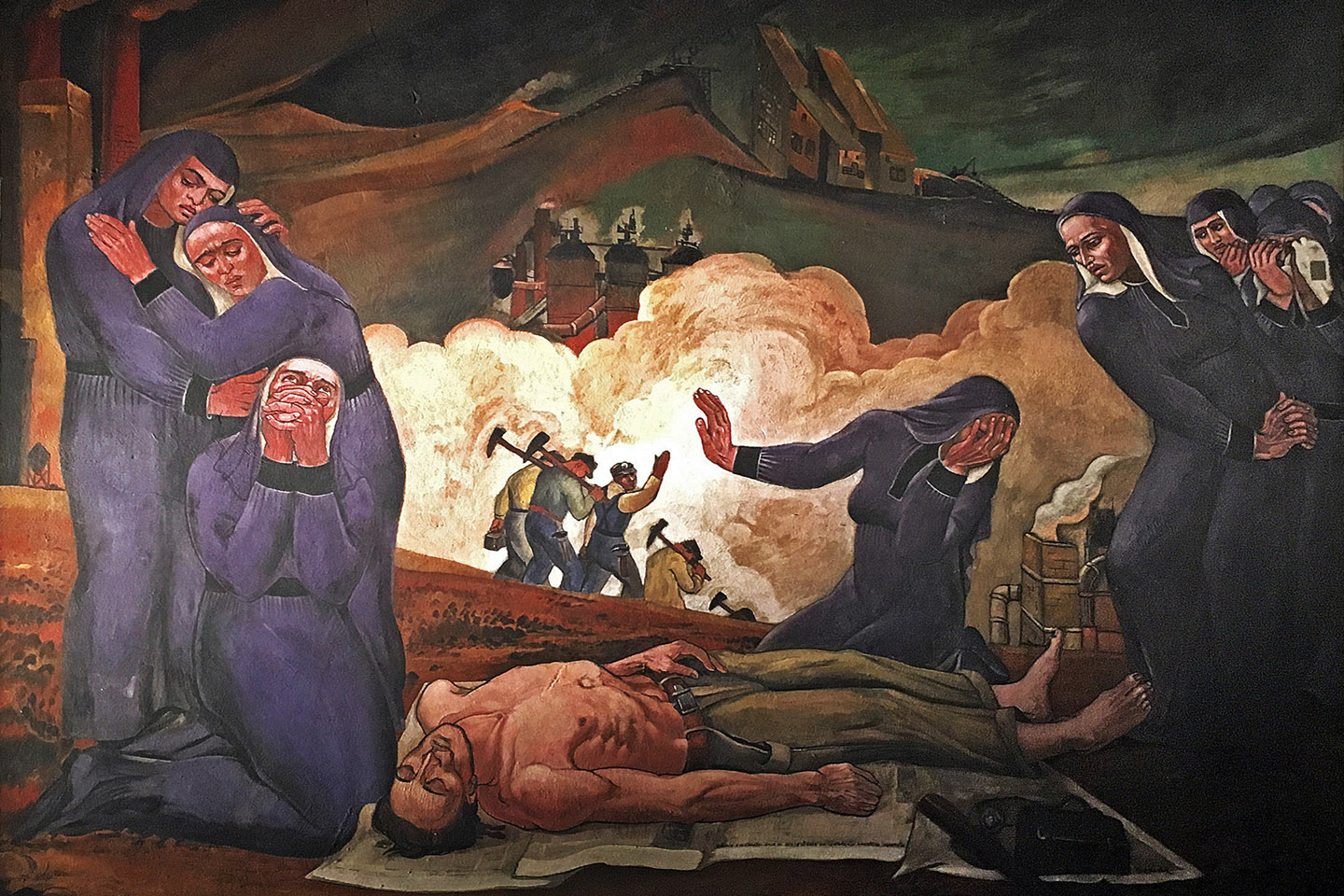
With information taken from Atlas Obscura.
